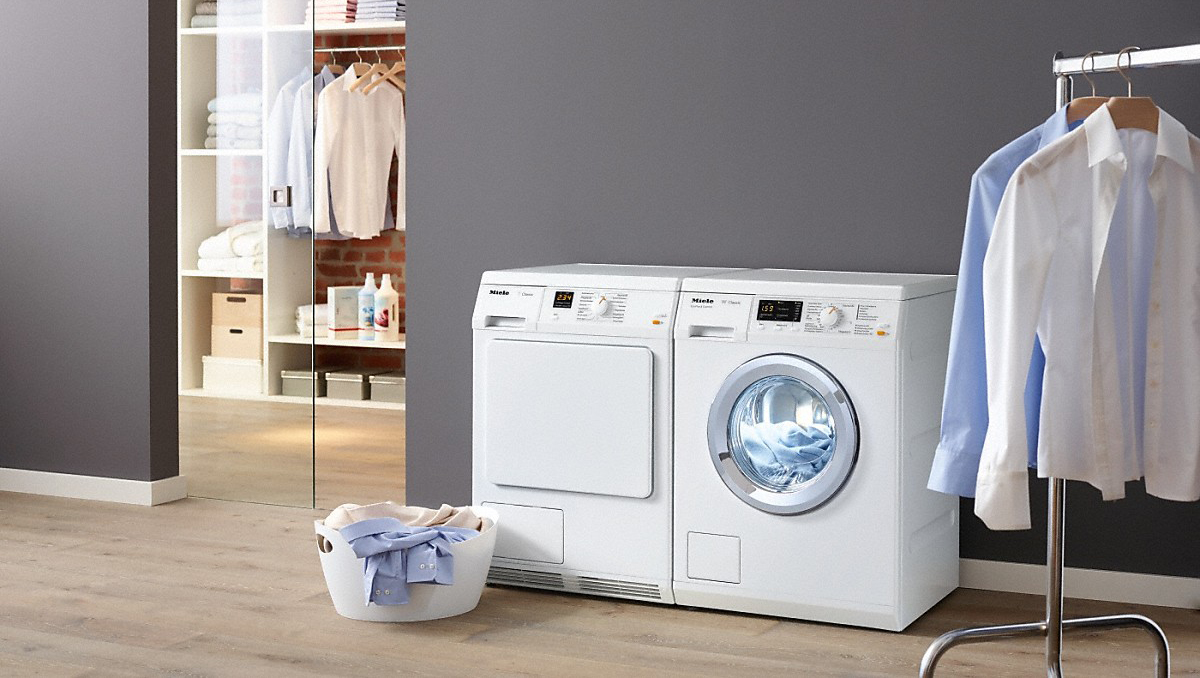
It's the stuff of winter nightmares: washing that won't dry for days. And if it's anything large/thick (towels and king-size bedding, we're looking at you), then hello, mouldy smell. Apart from drying your laundry on radiators while the heating is on (not practical for anything larger than the odd t-shirt), which will dry your clothes quickest – and be the most efficient – a tumble dryer or one of the best dehumidifiers you can find?
Dehumidifiers: pros and cons
A dehumidifier quite simply sucks in humid air, condenses it, and then puts dry air back out. Dehumidifiers generally use less than 300 watts an hour; come in a wide range of sizes and price points, from small units suitable for a small room (a tiny utility room, for instance) to whole-house appliances. The most important distinction to bear in mind is between compressor humidifiers and desiccant humidifiers.
Compressor dehumidifiers contain refrigerator-style cooling coils – essentially, they cool the air as they dry it. Desiccant models, on the other hand, use a chemical to break down the moisture in the air they suck in. Of the two types, desiccant humidifiers are more suited to the UK climate, slightly warming not cooling the air around them, and they are quieter, making it possible to run them at night.
The pros of a humidifier? It will dry your clothes gently, without causing any damage to the fabric, and will help with creases, too. The cons? You will have to leave your dehumidifier on for longer than you would a tumble dryer, although the wattage of your device will play a part in calculating the cost – new models will run at as little as 165 watts.
Tumble dryers: pros and cons
Concerned about the amount of energy a tumble dryer consumes? Tumble dryers use anywhere from 1800 watts to 5000 watts in an hour. Consider a heat-pump dryer – more energy efficient, and less costly to run.
Newer models come with much safer, more sophisticated drums that will be perfectly safe for quickly drying your towels and bedsheets. The risk of damaging delicate fabrics does remain, however, and we still advise against drying any delicates this way. If your clothes are a mixture, and you have the space for a dehumidifier, the best way to go is to have both, but only using the tumble dryer to dry sturdier items (which you don't mind replacing every few years if necessary).
And the verdict is...
While hanging wet clothes on a clothes horse in a well-ventilated area is clearly the most energy-efficient, cost-effective way to dry clothes, using a dehumidifier is more energy-efficient than a tumble dryer (as long as it's switched off when clothes are dry).
Join our newsletter
Get small space home decor ideas, celeb inspiration, DIY tips and more, straight to your inbox!
However, if you're committed to buying a tumble dryer, the Energy Saving Trust advises in investing in a high-rated model, ensuring it has an automatic drying sensor function so it doesn't over-dry clothes, but switches off when it senses the moisture level is low. It also suggests investing in a gas tumble dryer that has a lower impact on the environment than an electric tumble dryer, or a heat pump tumble dryer which can use around 25 per cent less energy than a standard dryer. Using a high spin setting on your washing machine will mean your washing will need to spend less time in the tumble dryer, too.
Anna is a professional writer with many years of experience. She has a passion for contemporary home decor and gardening. She covers a range of topics, from practical advice to interior and garden design.
-
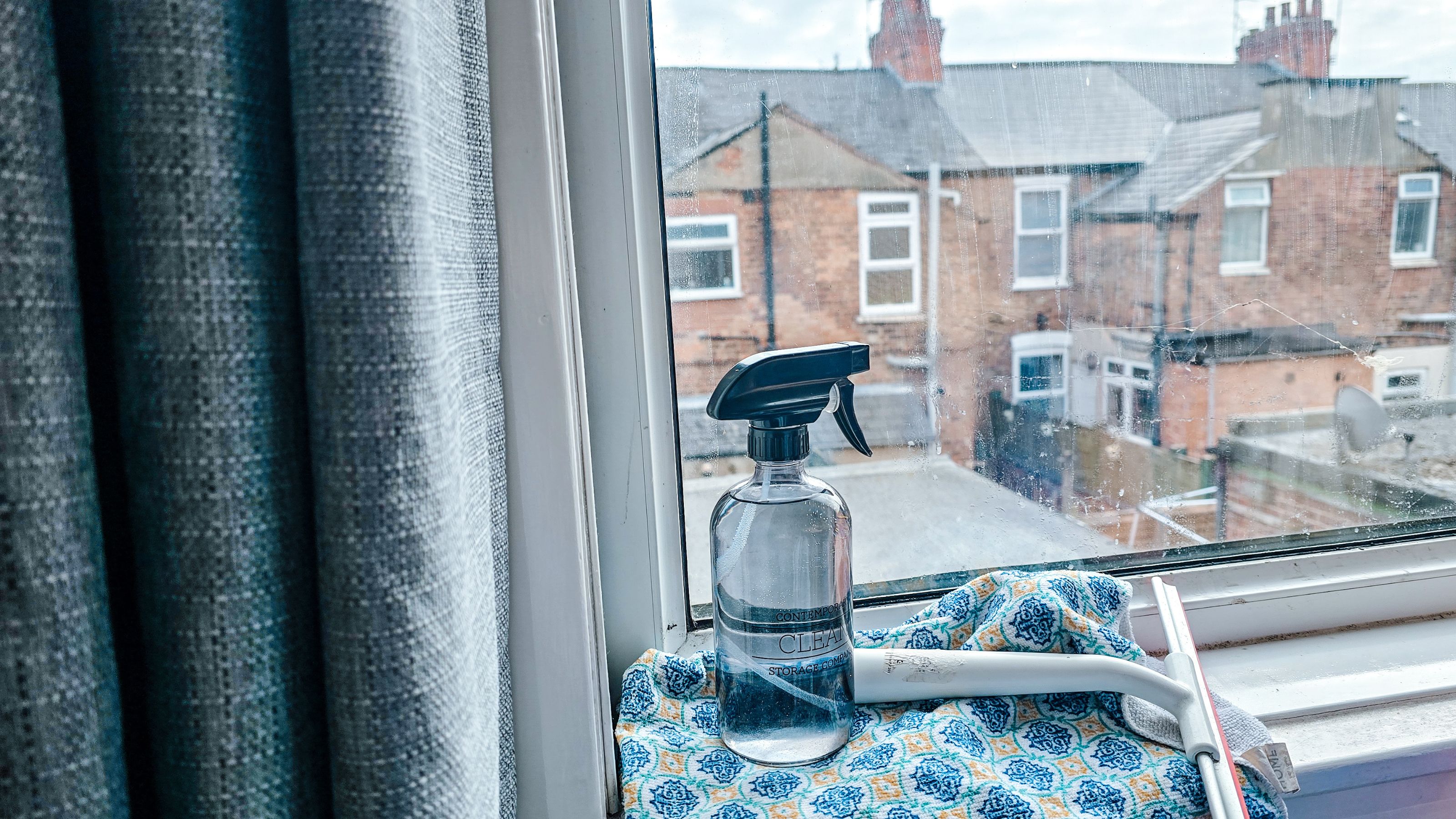 How to clean windows without streaks — 5 easy steps that cleaning pros always follow
How to clean windows without streaks — 5 easy steps that cleaning pros always followThis method on how to clean windows is favored by professional cleaners. We've asked them for the steps you should follow, plus picked cleaning buys
By Eve Smallman Last updated
-
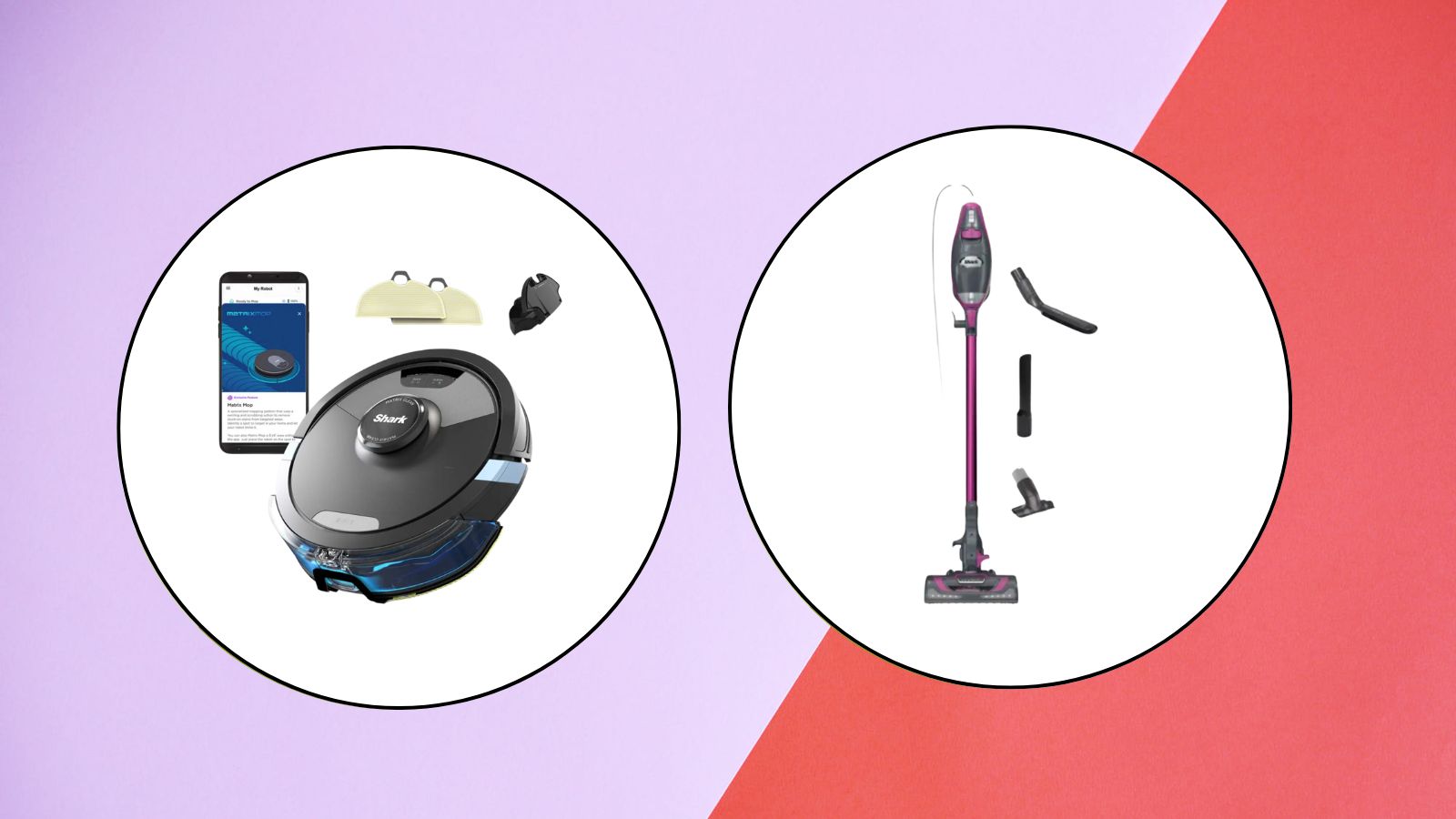 The latest Shark sale deals are perfect for pollen-proofing your home — with up to $150 off our favorite vacuums
The latest Shark sale deals are perfect for pollen-proofing your home — with up to $150 off our favorite vacuumsWe found the latest Shark sale deals on vacuums that are sure to be swooped up, especially as spring blooms trigger pollen allergies and we're in need of extra cleaning
By Danielle Valente Published
-
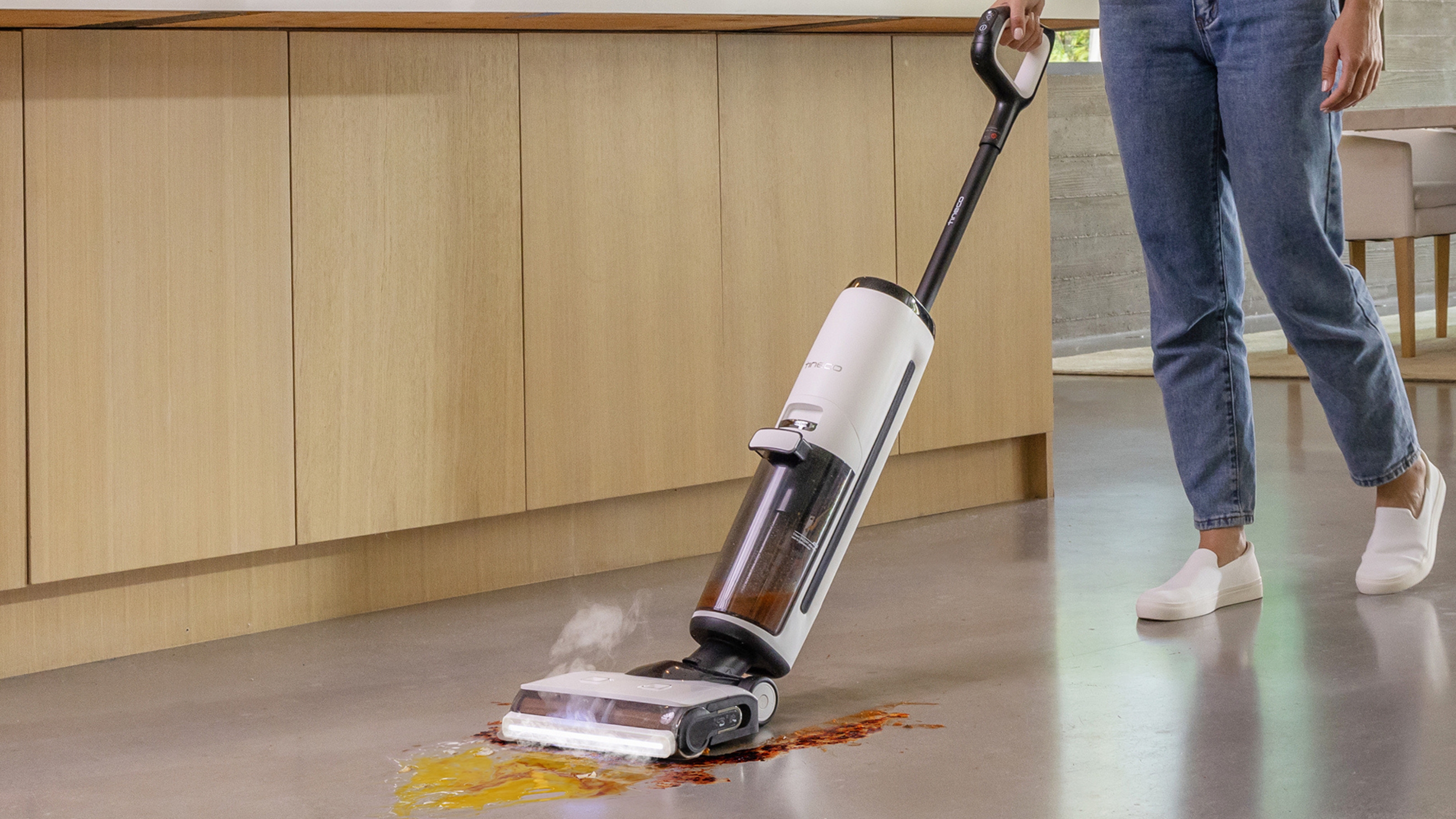
 Tineco Floor One S7 steam wet-dry vacuum review — spotless floors with minimal effort
Tineco Floor One S7 steam wet-dry vacuum review — spotless floors with minimal effortOur contributing editor, Camryn Rabideau, tests the Tineco Floor One S7 steam wet-dry vacuum in her New England homestead property
By Camryn Rabideau Published
-
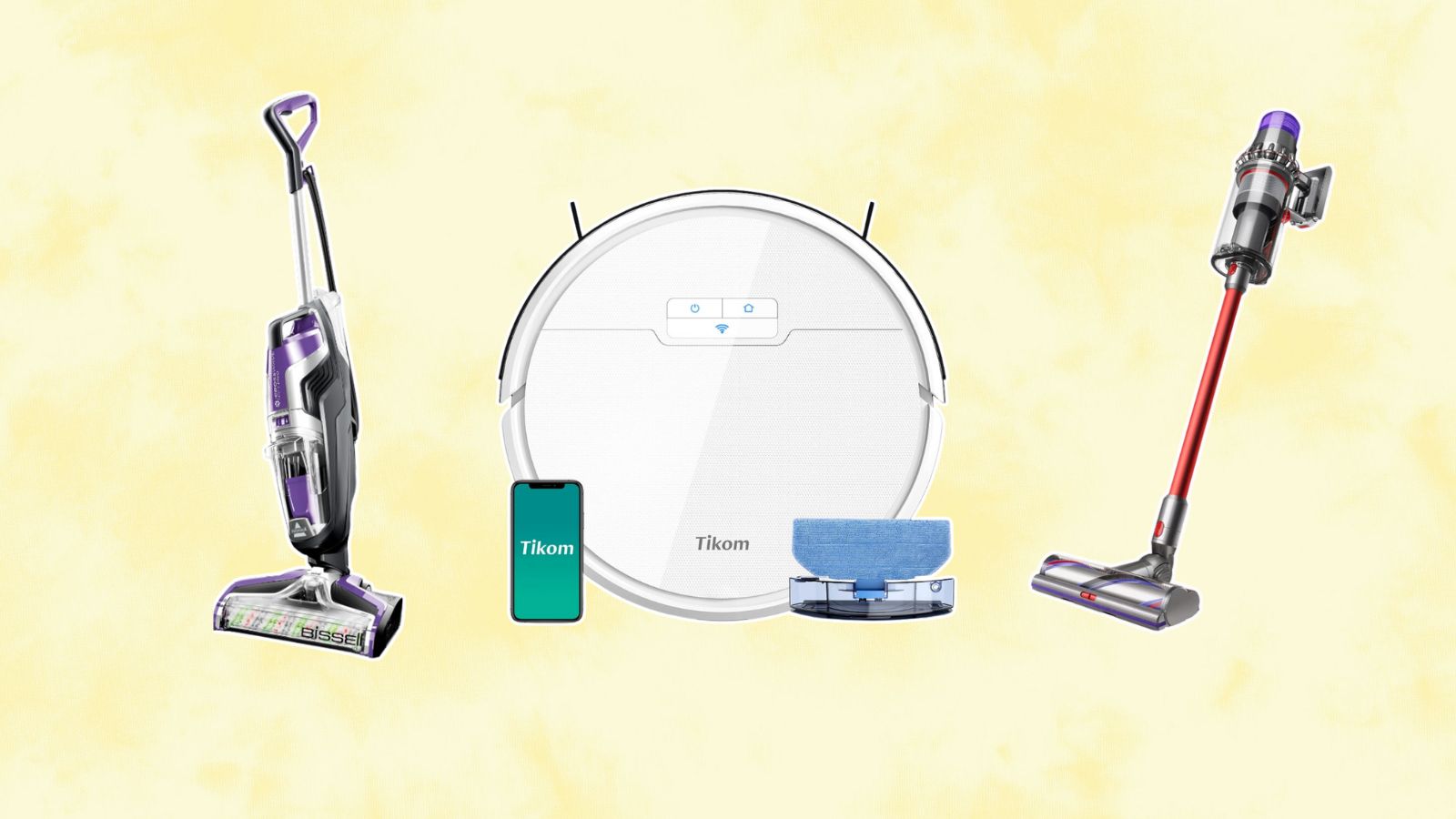 Amazon vacuum cleaners to nab during the retailer's Big Spring Sale — save up to 60% off our go-to small-space finds
Amazon vacuum cleaners to nab during the retailer's Big Spring Sale — save up to 60% off our go-to small-space findsChecking out the savings on Amazon? Vacuum cleaners are a must-buy during their first Big Spring Sale — here are our favorites up to 60% off
By Danielle Valente Published
-
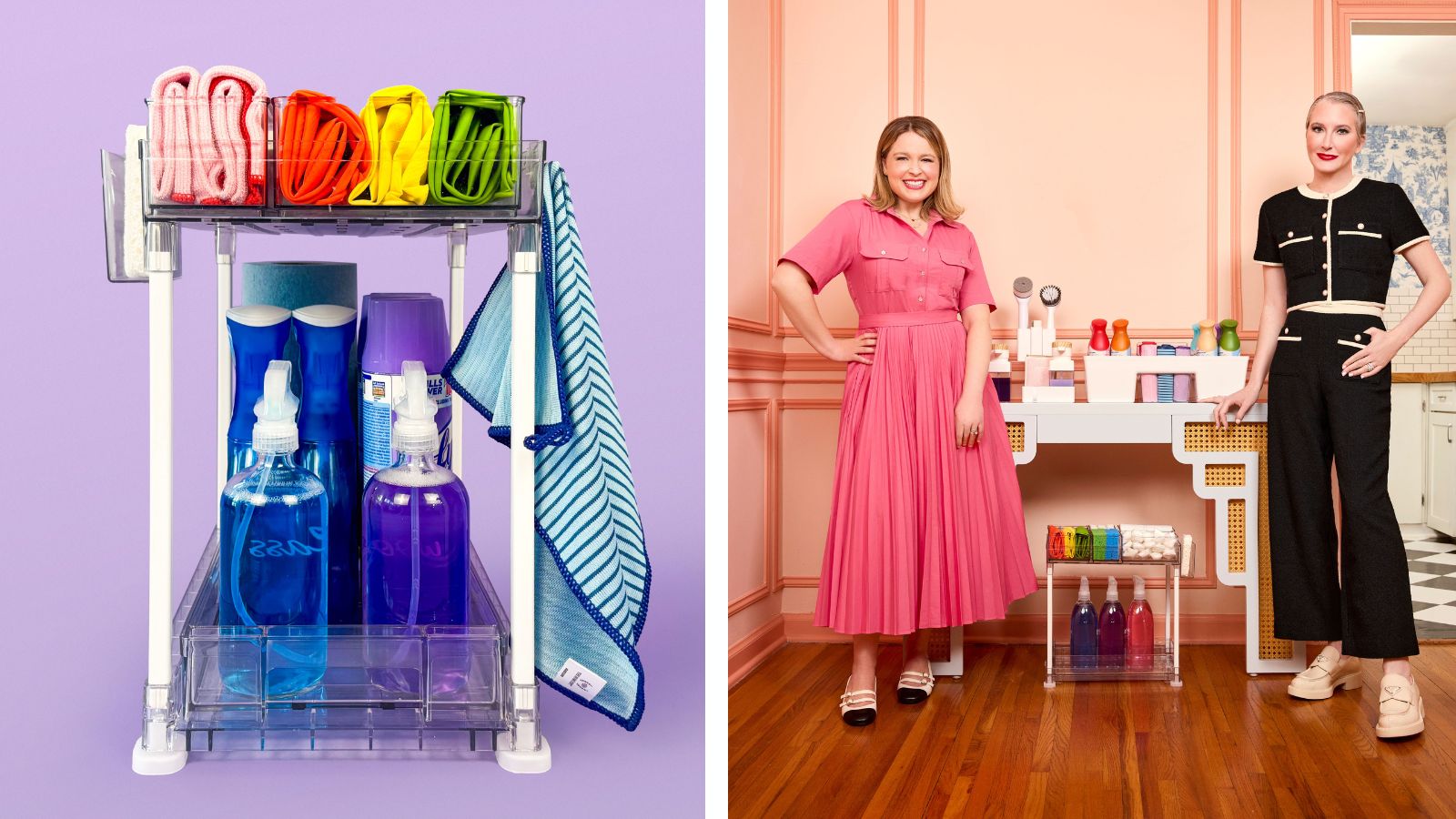 The Home Edit Walmart cleaning collection has just debuted with finds from $3
The Home Edit Walmart cleaning collection has just debuted with finds from $3Spring cleaning, anyone? The Home Edit Walmart cleaning collection has hit shelves with picks from $3
By Danielle Valente Published
-
 How to clean carpet on stairs — 3 simple steps to a spruced up staircase
How to clean carpet on stairs — 3 simple steps to a spruced up staircaseWant to know how to clean carpet on stairs? Our experts explain the simple steps to a sparkling stairway without too much elbow grease
By Andy van Terheyden Published
-
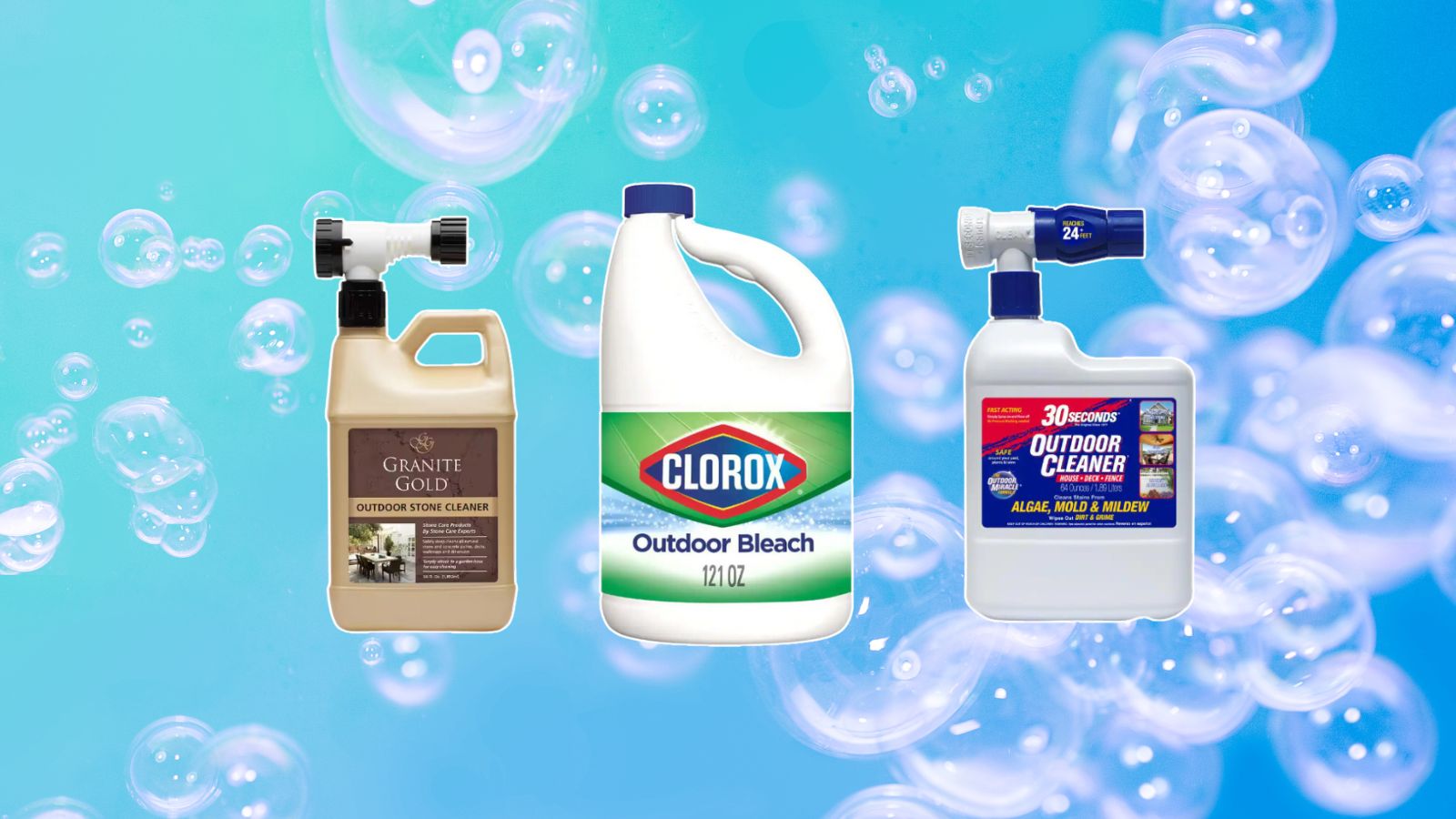 The Home Depot backyard and patio cleaning supplies we're stocking up on before spring
The Home Depot backyard and patio cleaning supplies we're stocking up on before springDon't forget the outdoors when spring cleaning — The Home Depot backyard and patio cleaning buys from $11 will assist with tidying up
By Danielle Valente Published
-
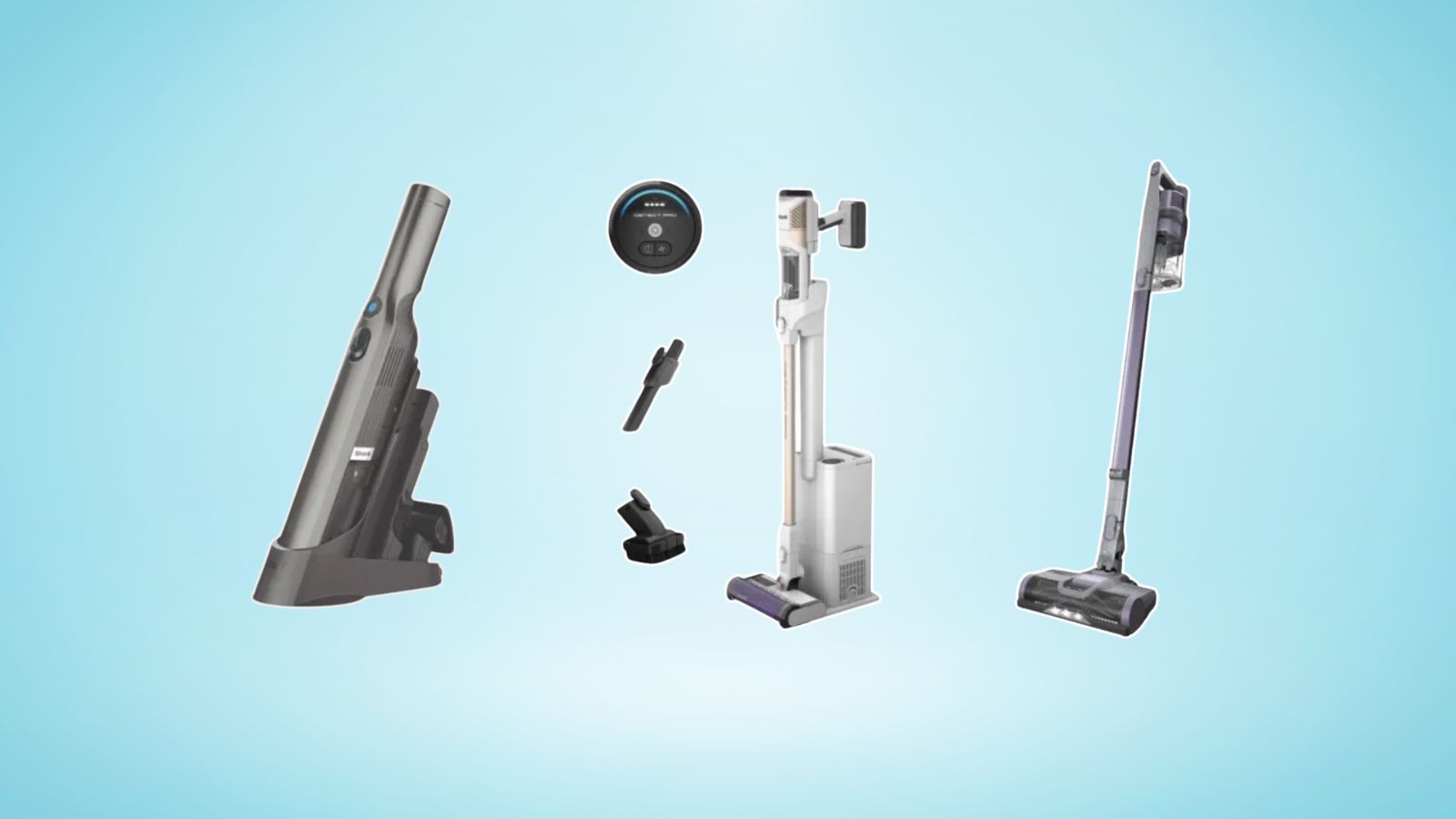 The Shark Detect Pro vacuum and other models are on sale for St Patrick's Day — perfect picks for your spring clean
The Shark Detect Pro vacuum and other models are on sale for St Patrick's Day — perfect picks for your spring cleanWhether you're eyeing the Shark Detect Pro Vacuum or Shark Pet Cordless Stick Vacuum, shop the St. Patty's Day sale for a discount on the best vacuums on shelves
By Danielle Valente Published